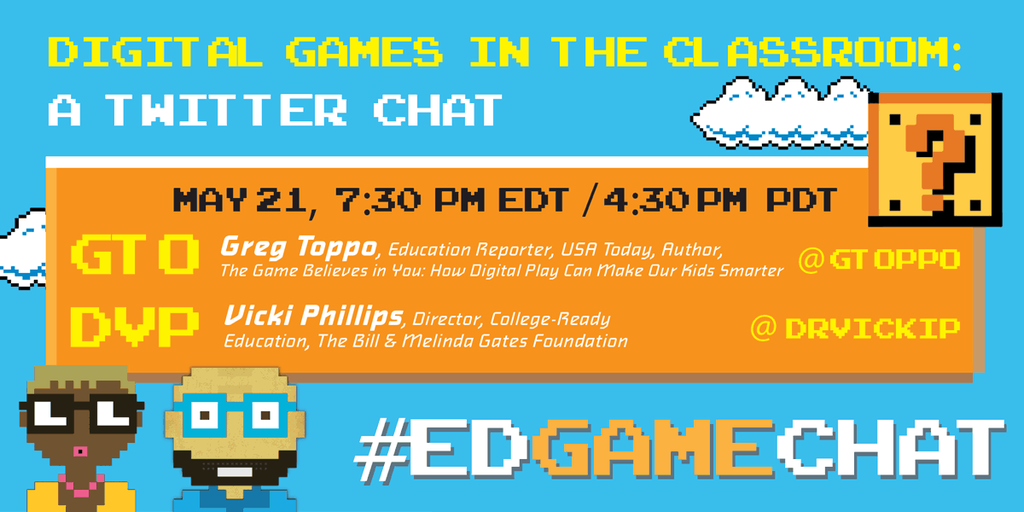 |
| Games for Change @G4C |
Summer - the time of year where I always try to cram six months worth of stuff into three. There’s something about it, maybe it’s the longer days due to the summer solstice, or maybe it’s my way of making up for all of those lazy summers I had when I was a kid sleeping until noon. Whatever the case, in the summer of 2015, I decided to begin my journey as a graduate student at CU Denver in an intensive eight week course, INTE 5340 Digital Storytelling, that changed the way I think about education and the potential of social learning.
My first term as a graduate student in Information and Learning Technologies & Adult Learning, I knew very little about social media platforms and pedagogy of social learning. I had been lurking on Facebook for about a year, my Google + profile was full of cobwebs, and I just started to learn how to use Twitter. As a fledgling Twitter newb, I decided to jump into a Twitter chat to begin to spread my wings. My first tweet chat was with #EdGameChat with the focus of digital games in the classroom and Greg Toppo to promote his book The Game Believes In You: How Digital Play Can Make Our Kids Smarter. I have strong interest in “gamification” and educational games as I have a background in game development. As the Twitter discussion began, it was a little overwhelming. The questions were asked by the discussion moderator and then all the answers would fly by before I could even finish reading the question. I kept having to scroll up and down in the browser to look at the participators responses and engage based on that. I think I managed to come up with a couple of good replies by the time the rest of the discussion was three questions ahead of me.
I stumbled through my first Tweet chat, I gained several new followers and several others followed me. Some of the people I followed were key figures in games ed. By following them I feel as though I am “in the know” when it comes to things regarding games in education. All I need to do is open up the Twitter app on my mobile device and read through the daily Tweets. If I choose to, I can engage in chat with others in #EdGameChat to promote collaboration and social learning. This includes authors of pedagogical texts and professors at renowned universities. To me, this is the most powerful, motivating, and enlightening learning experience I have ever engaged.
Throughout the remainder of the summer semester, I was able to engage with several others in the affinity group ds106, which served as the primary home for the digital storytelling course. I was also able to engage with all of my classmates in many meaningful ways on Twitter and follow their educational journeys over the course of eight weeks. In fact, I continue to engage with my colleagues at UC Denver through Twitter. I can follow what they are doing in other classes, and coordinate with them to take classes together in the future, or see what they are up to in their professional work. In essence, through the use of simple 140 character communiques and links, I have established some basic networks and relationships to promote social learning beyond the confines of a school, a classroom, and the LMS.
The ease of access and simplicity of the platform makes Twitter easy to engage throughout the day - waiting in line, uploading or downloading files, in between meetings, etc. This leads to routine behaviors and ways of being that enable life long learning that is current, relevant, and ever-changing based on trends and shared knowledge. Although I think there are many great platforms for social learning, Twitter, in particular, has made me a believer in the power of social learning and behaviors that lead to rich online experiences. It has changed my life.


Comments
Post a Comment